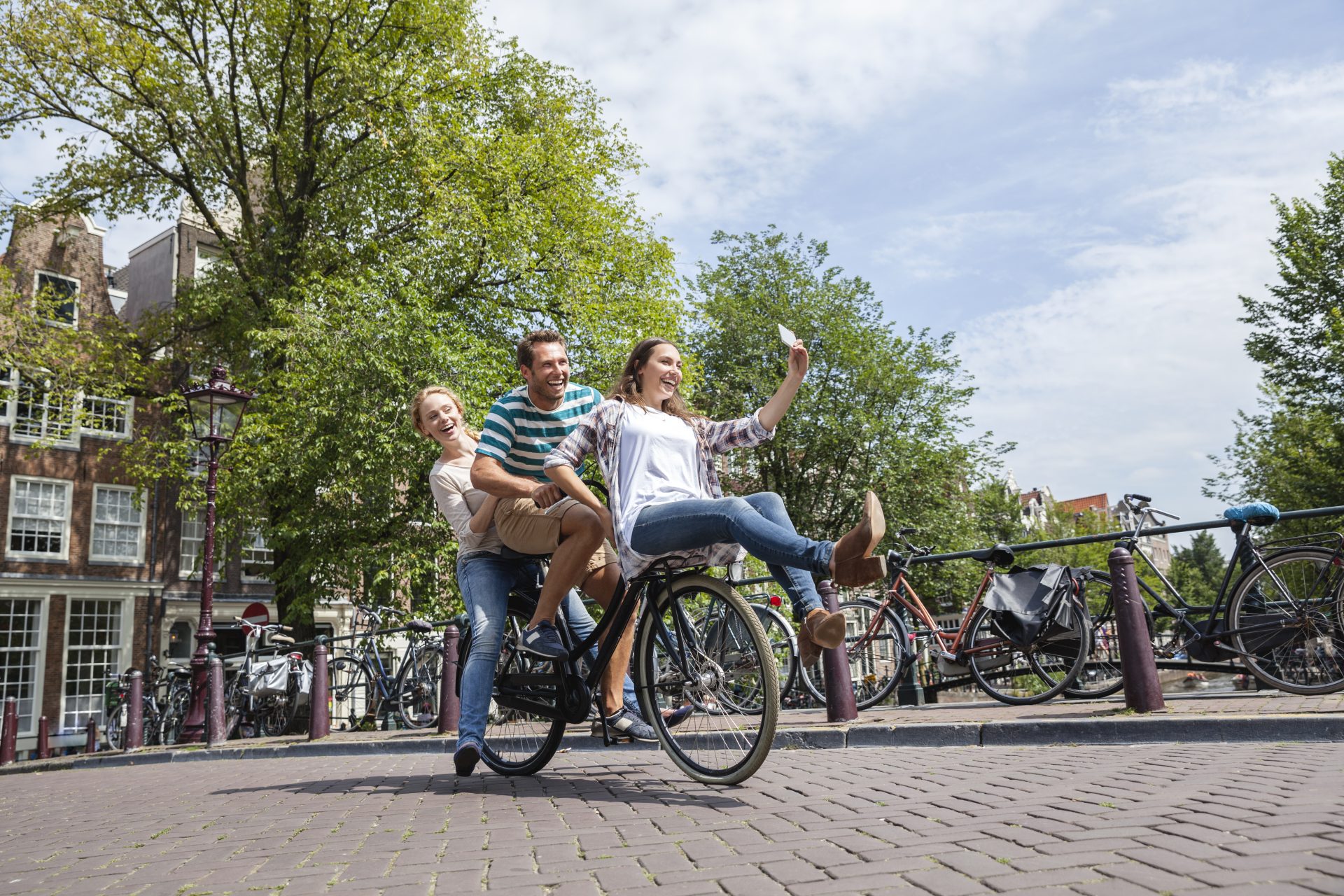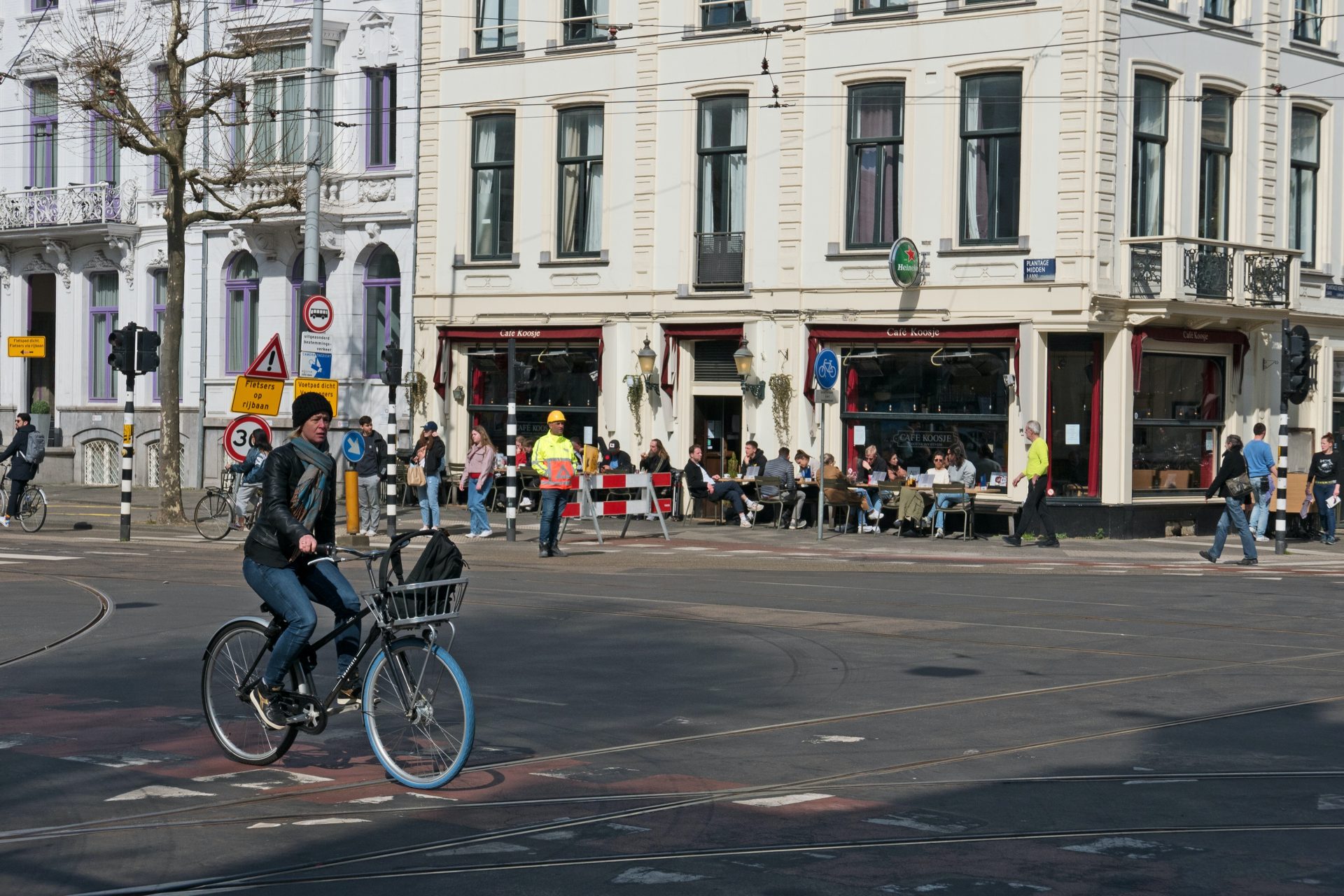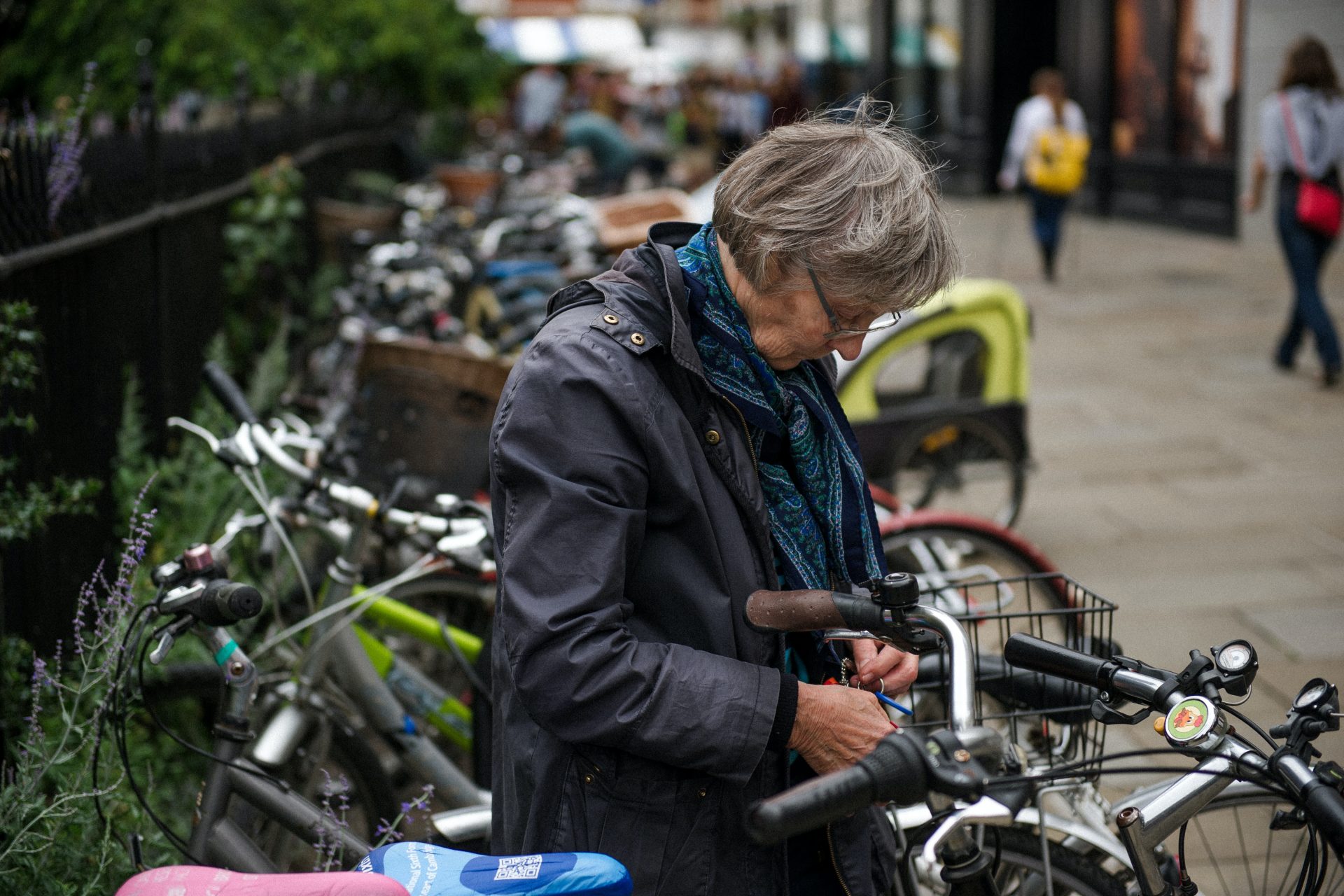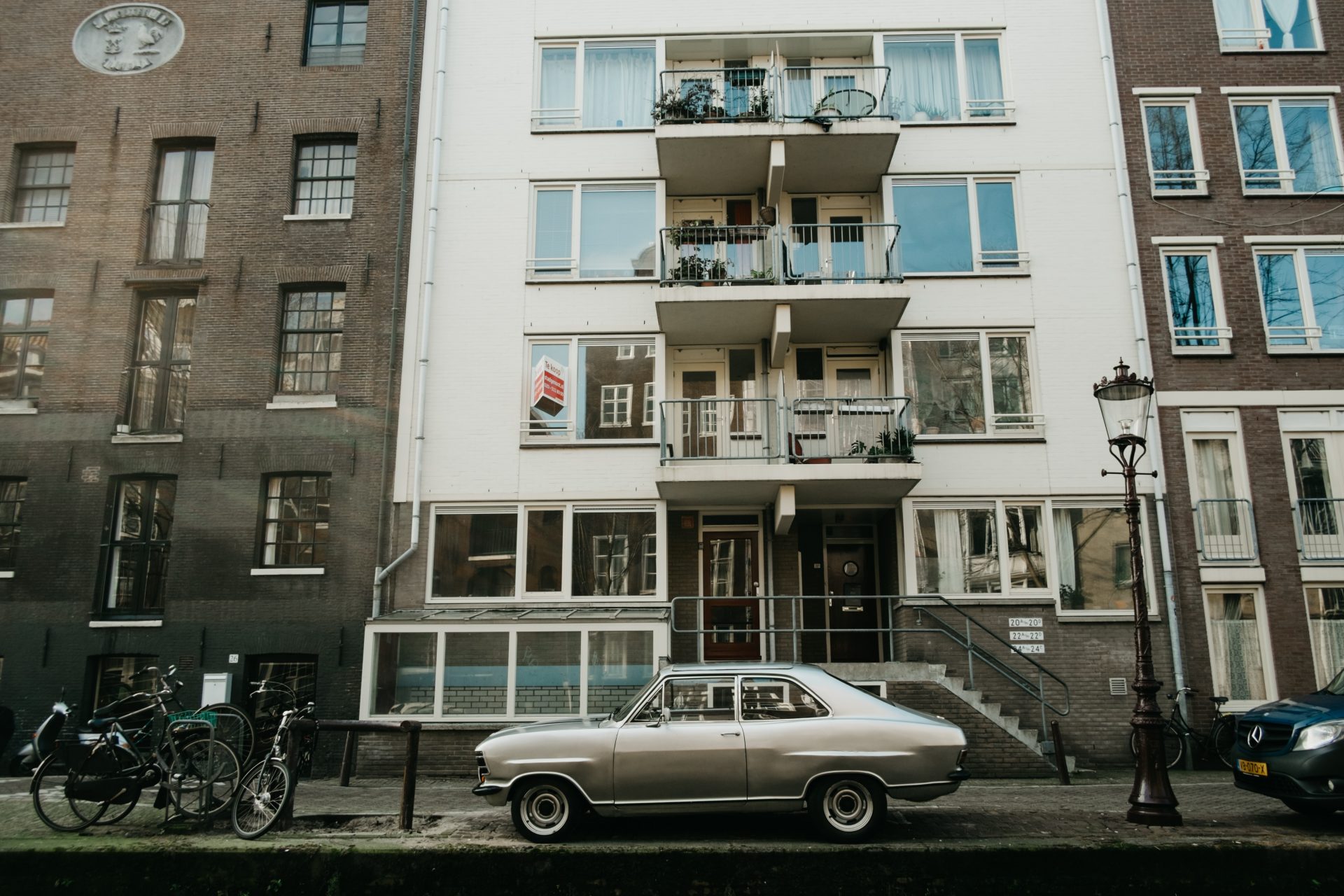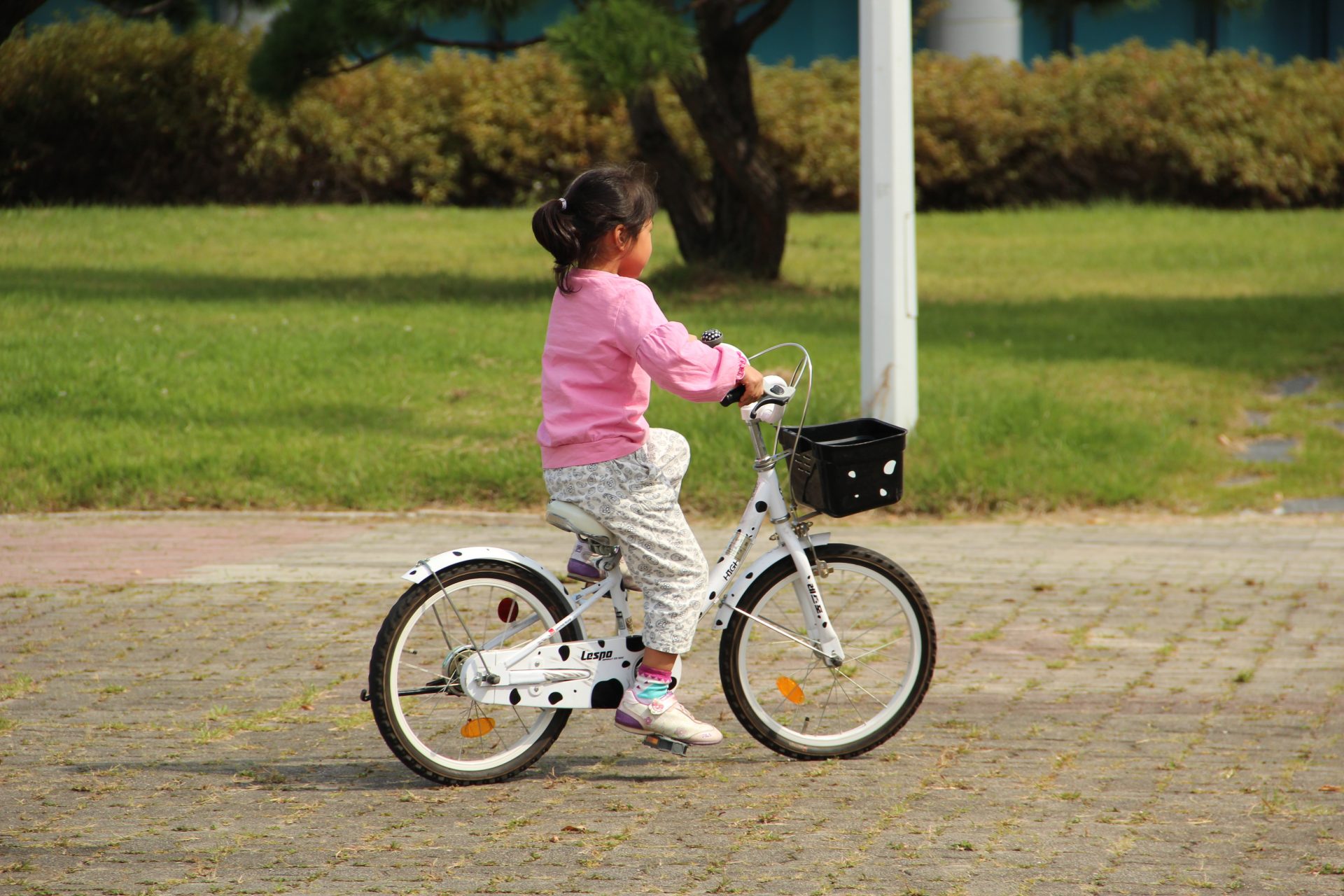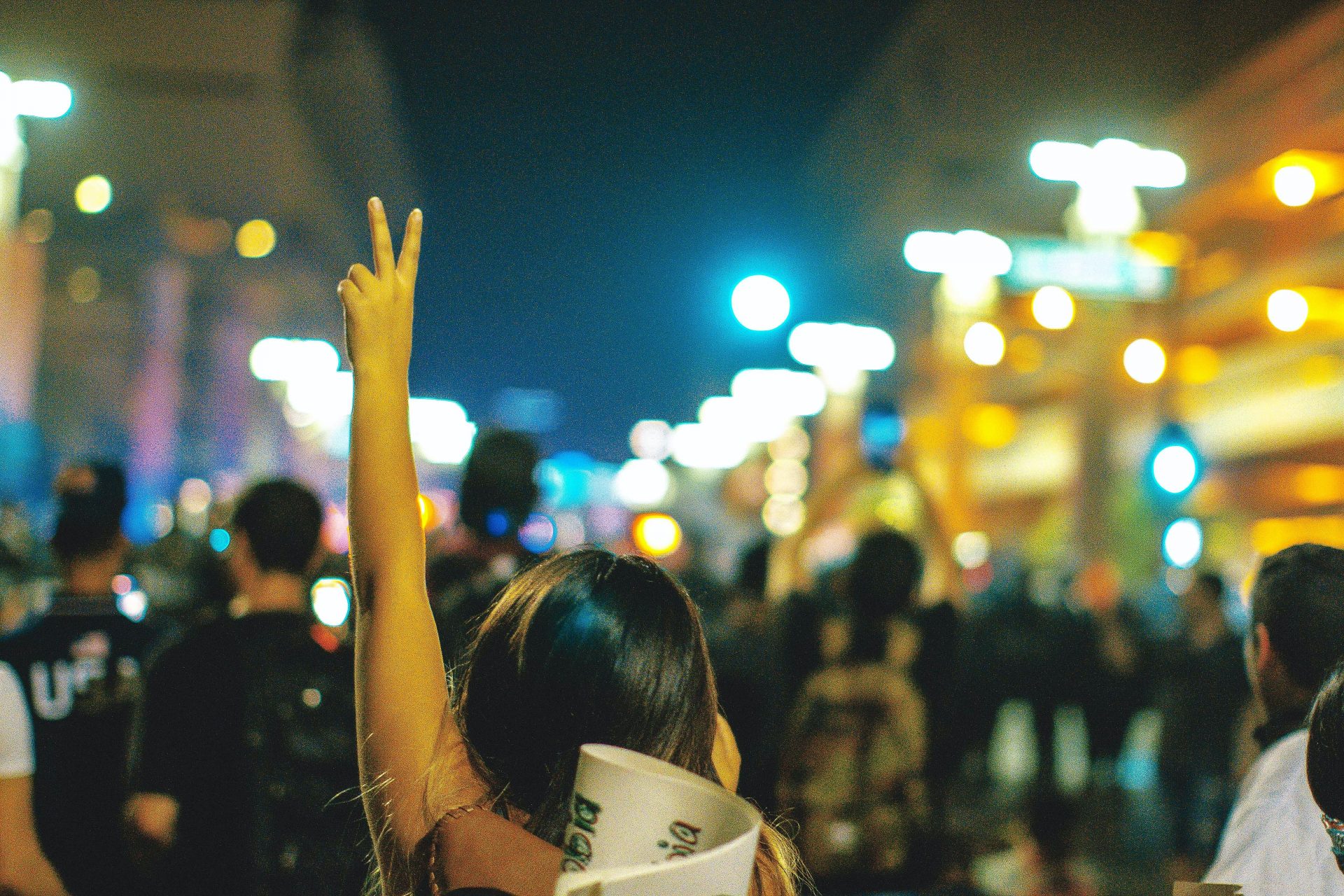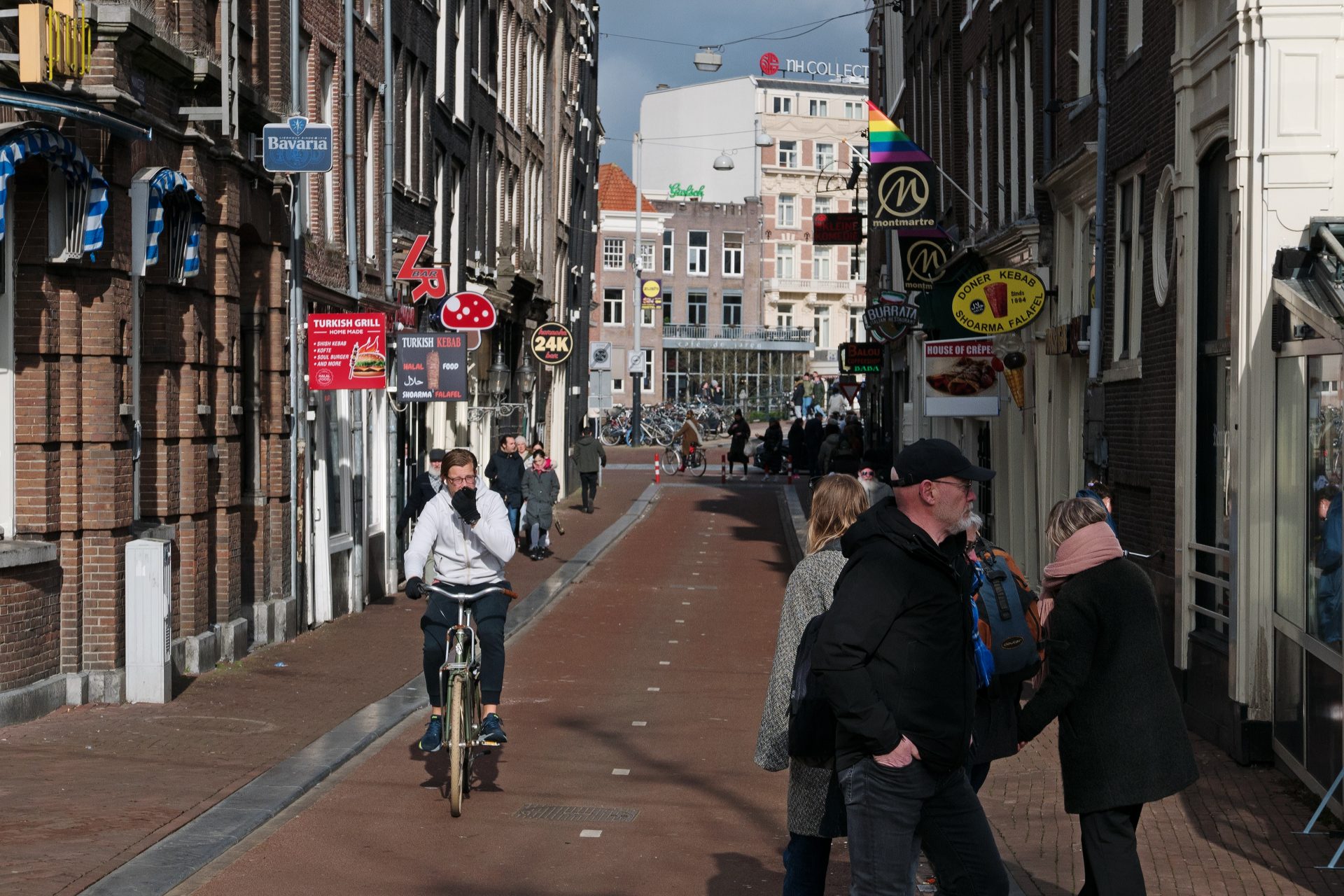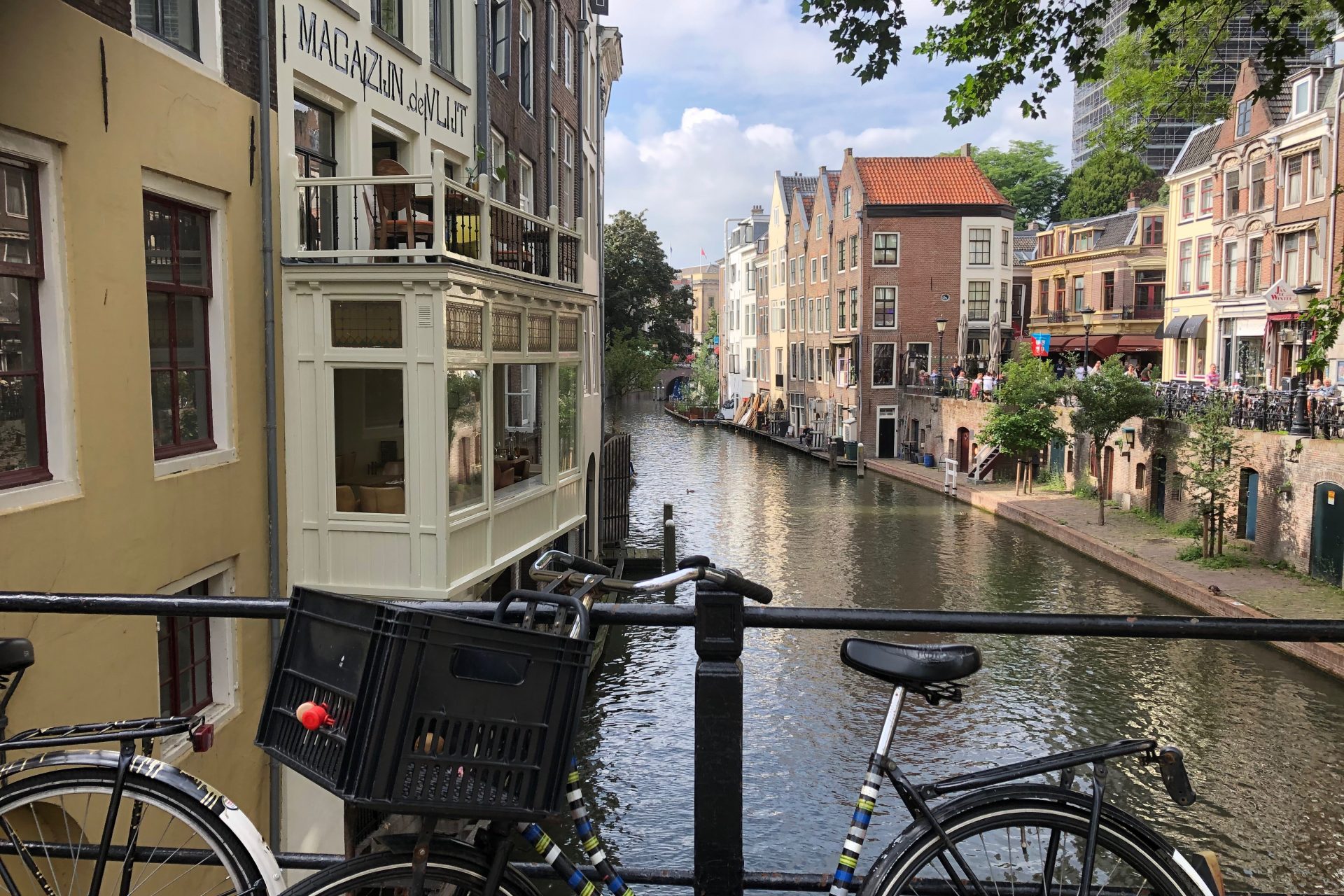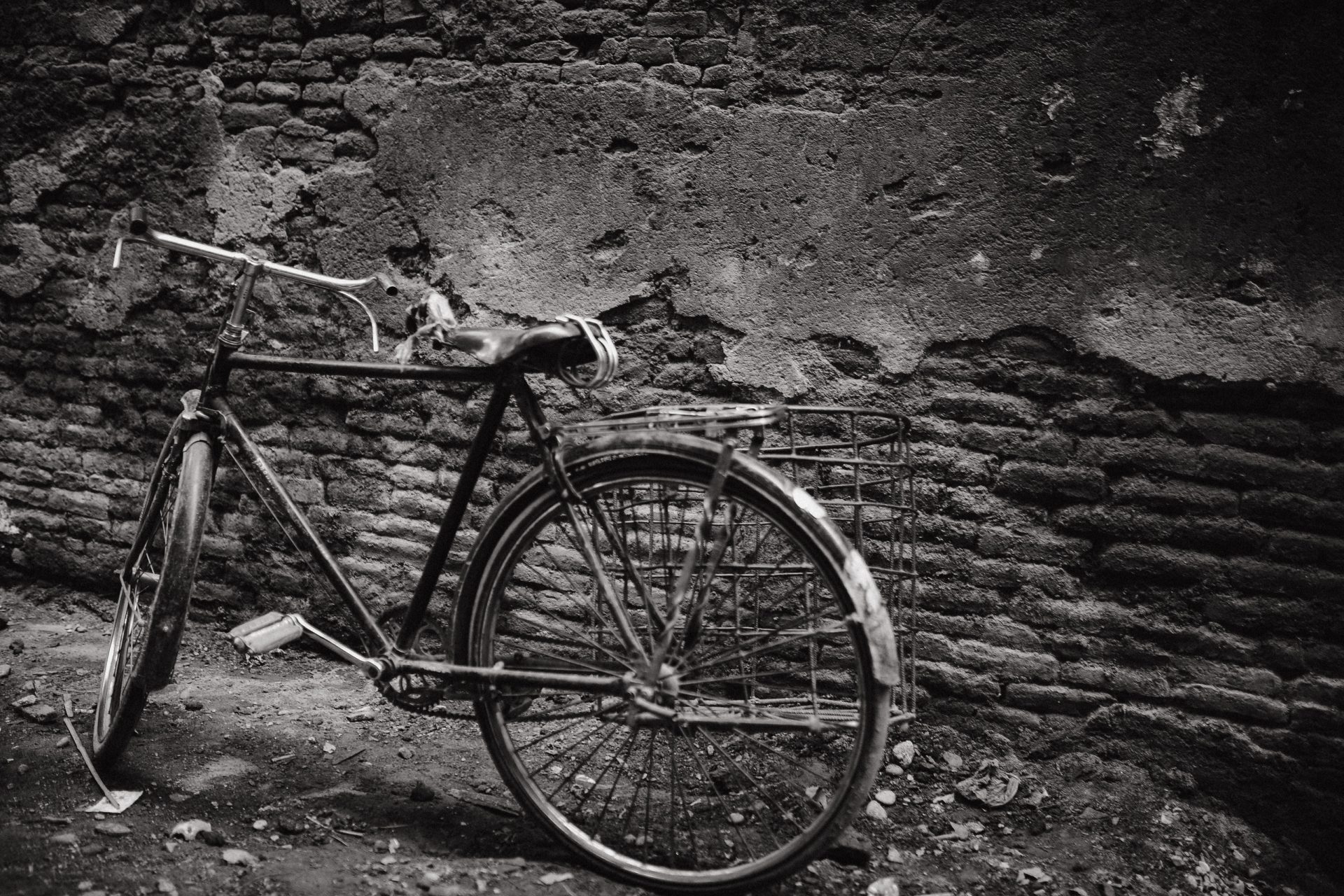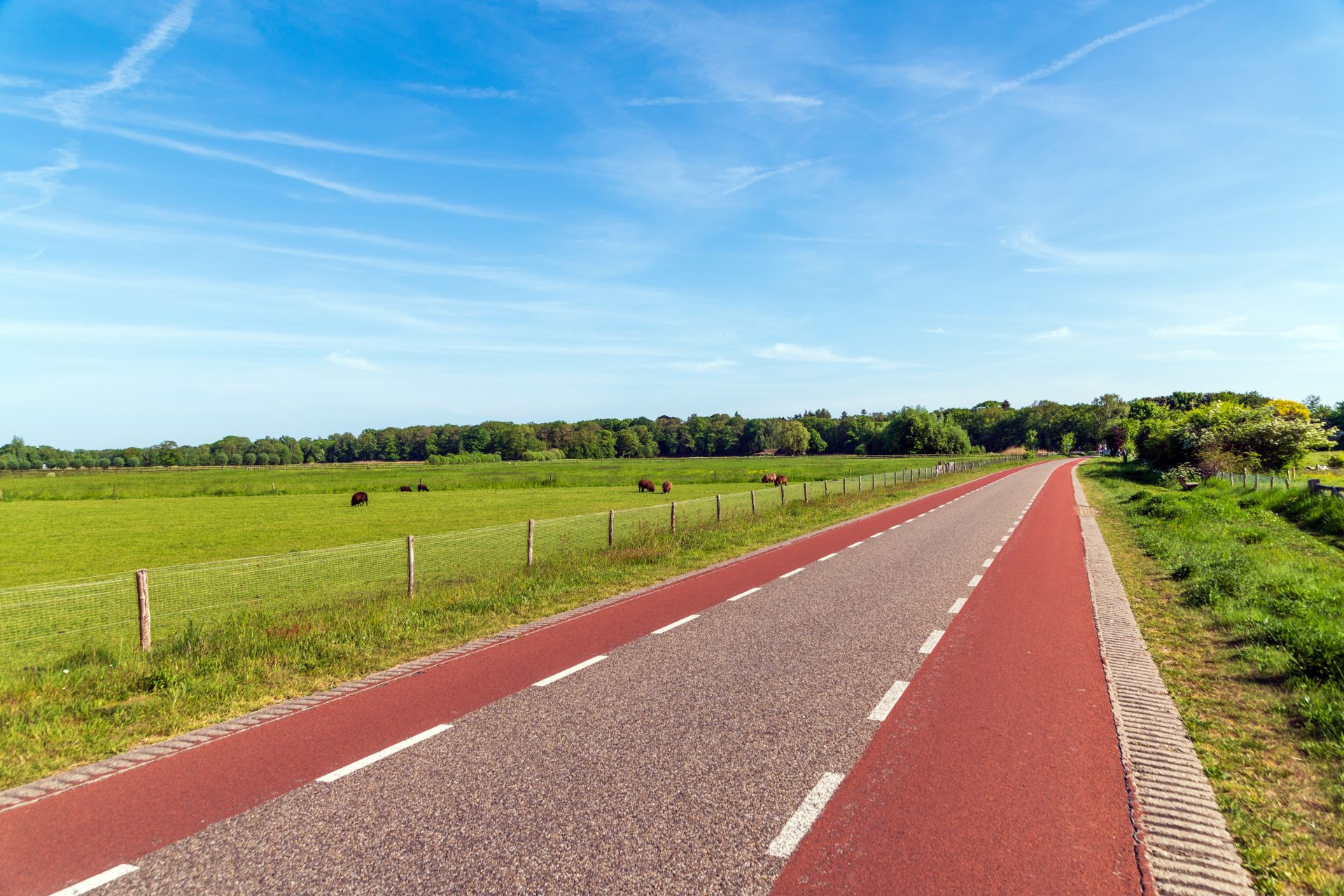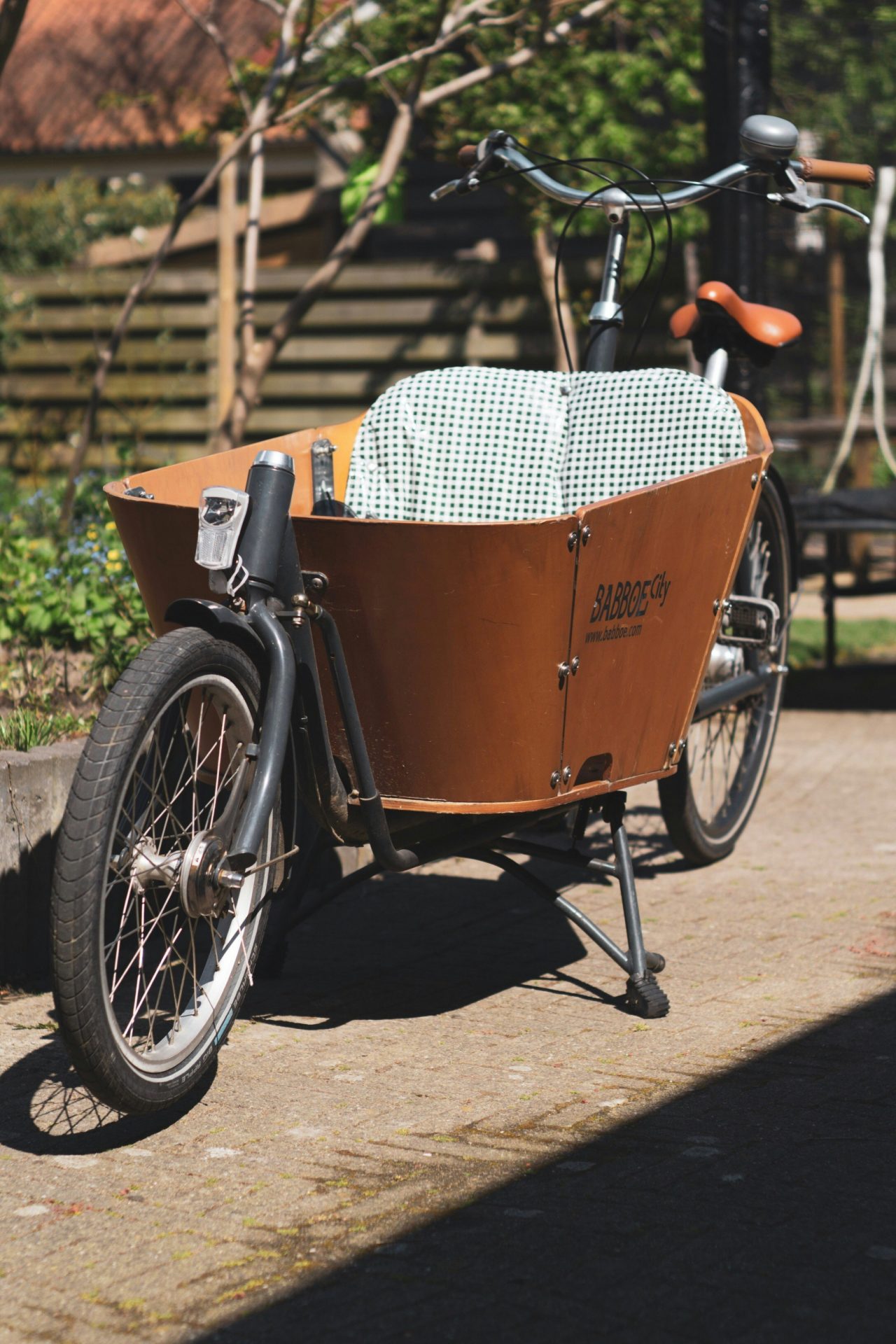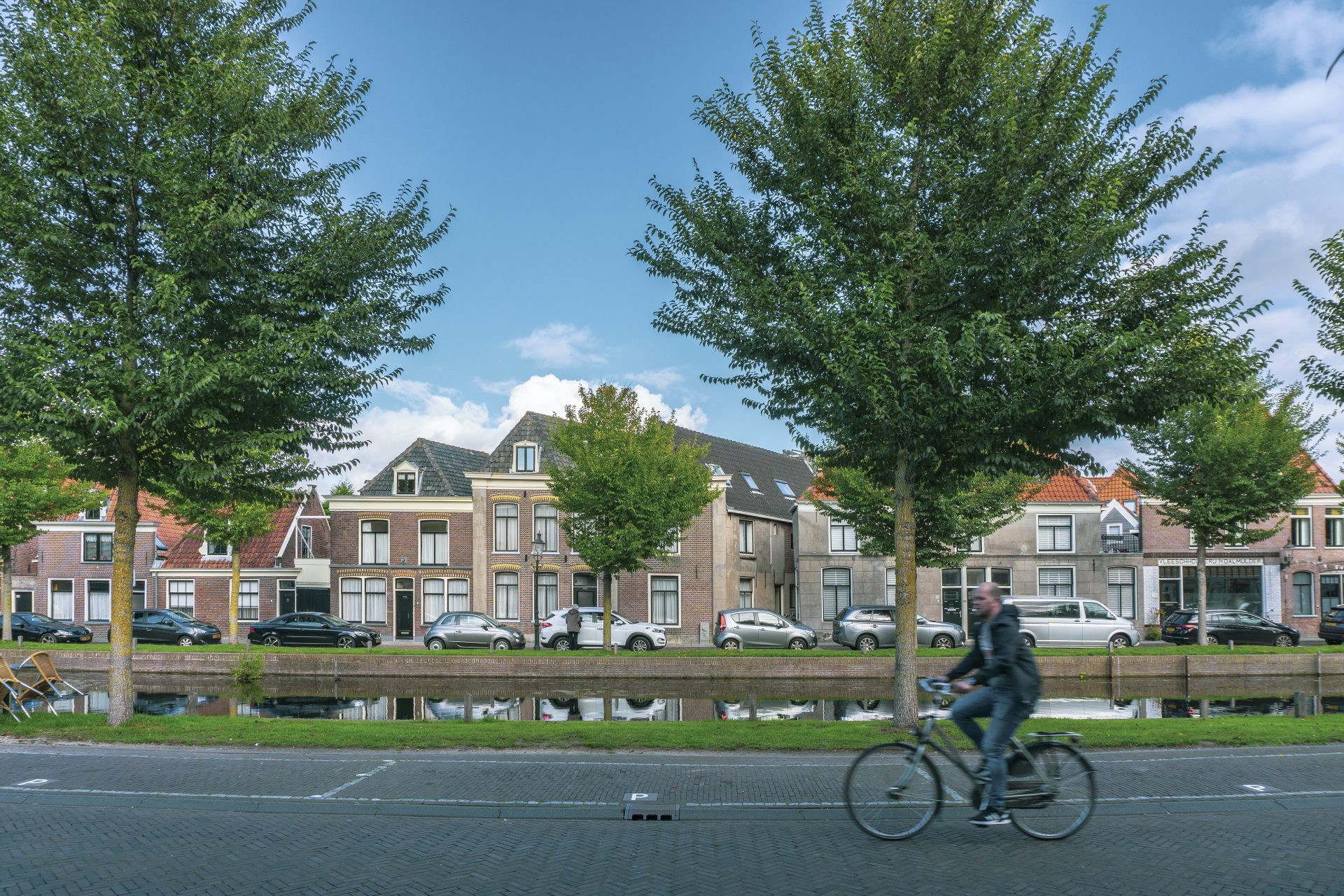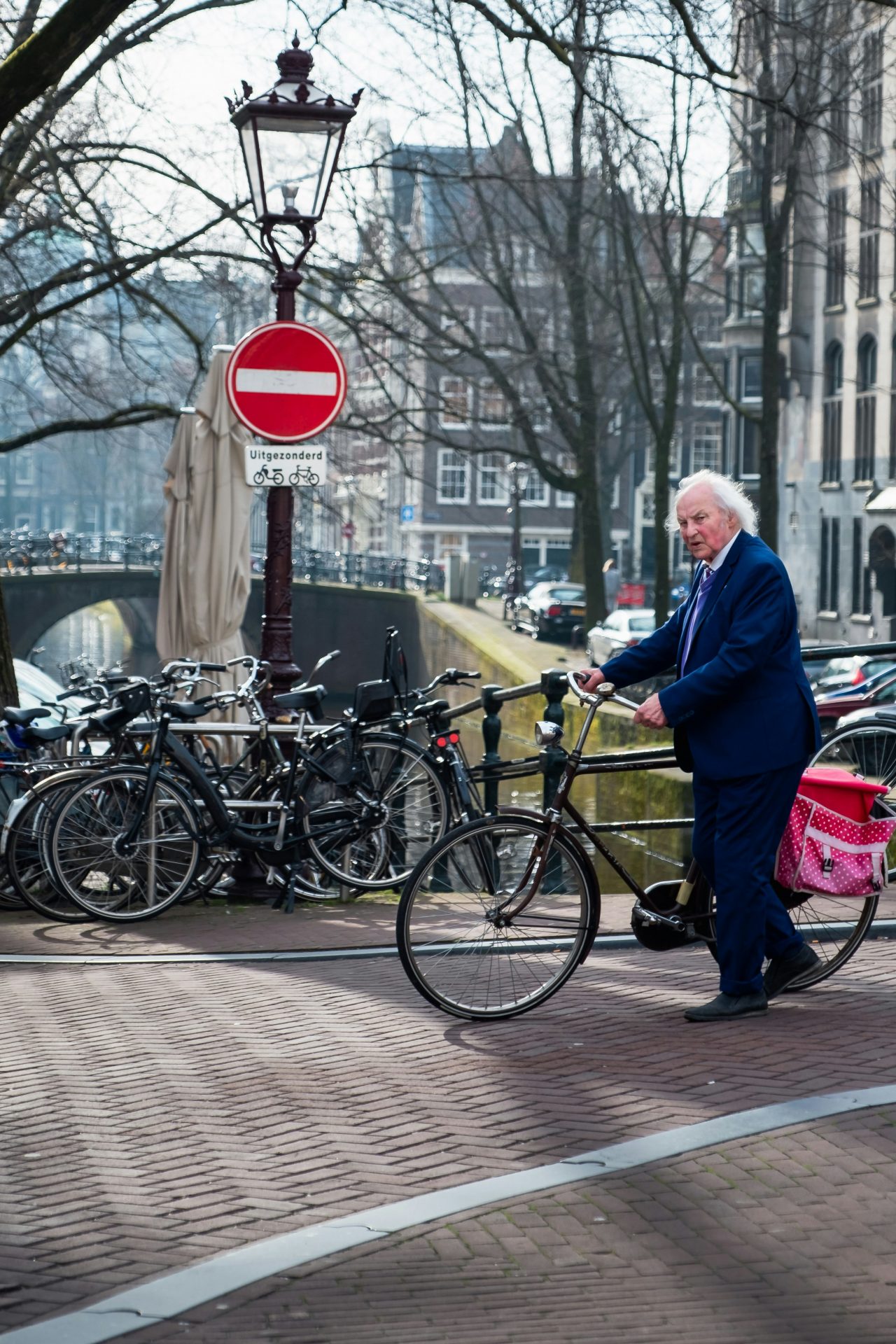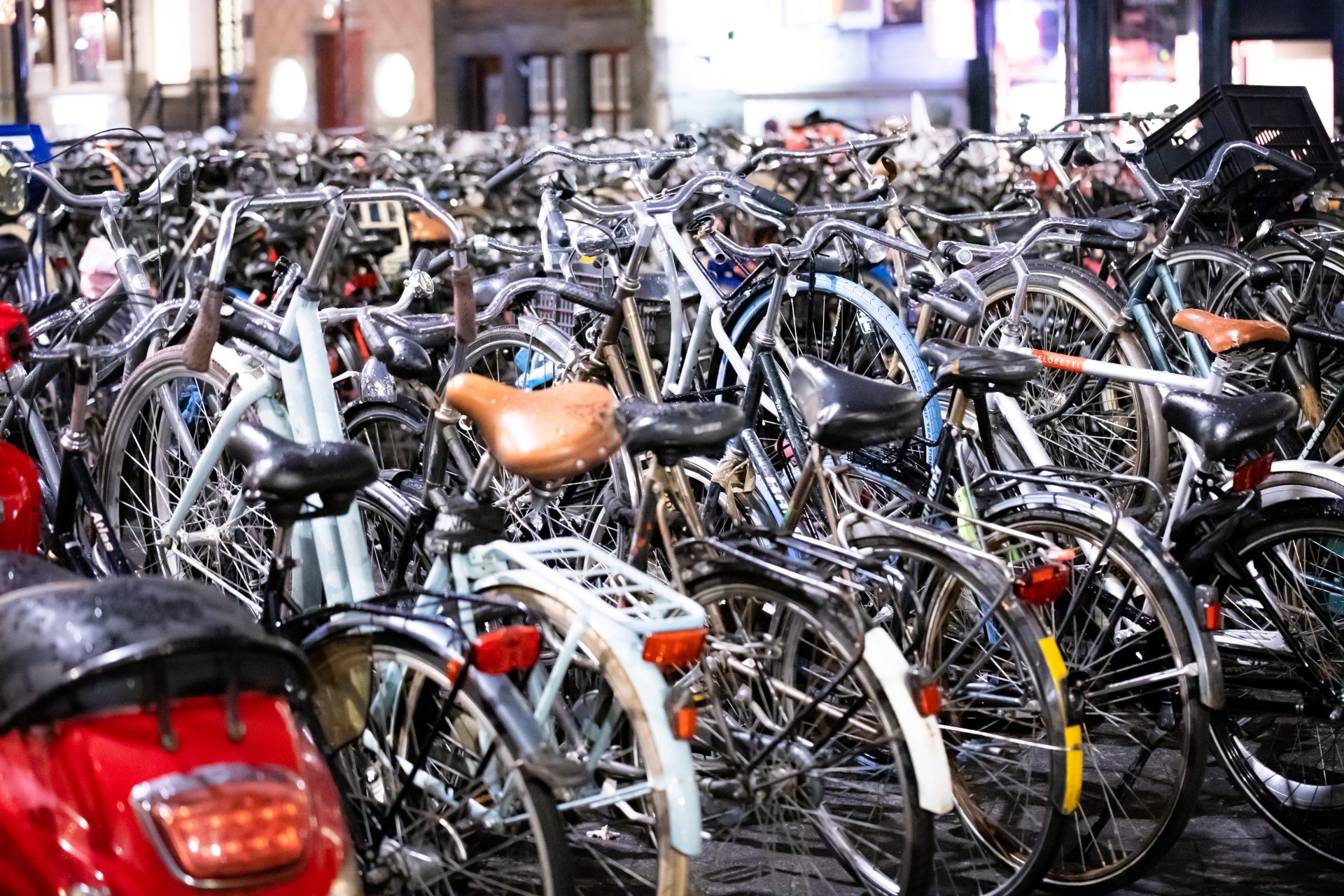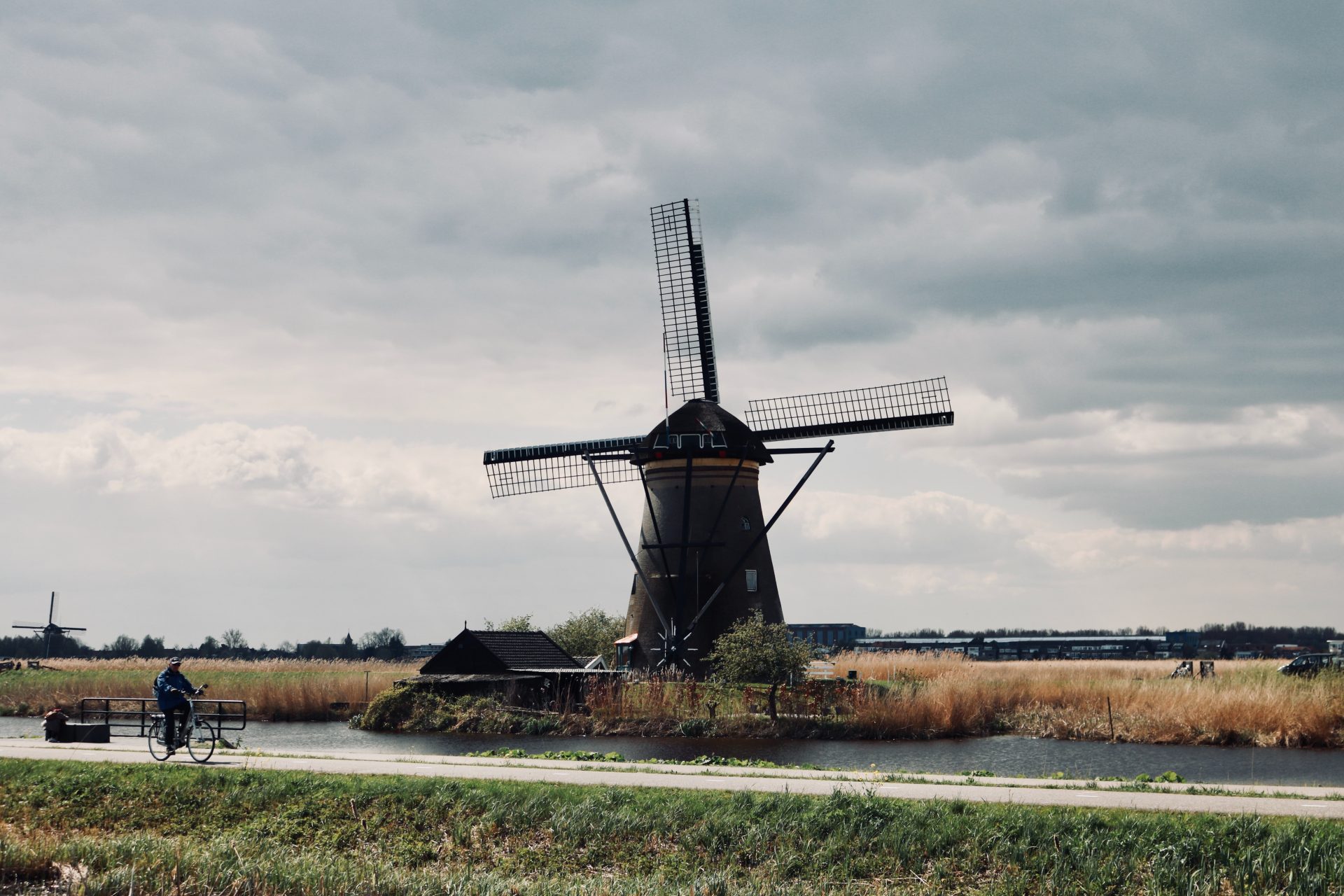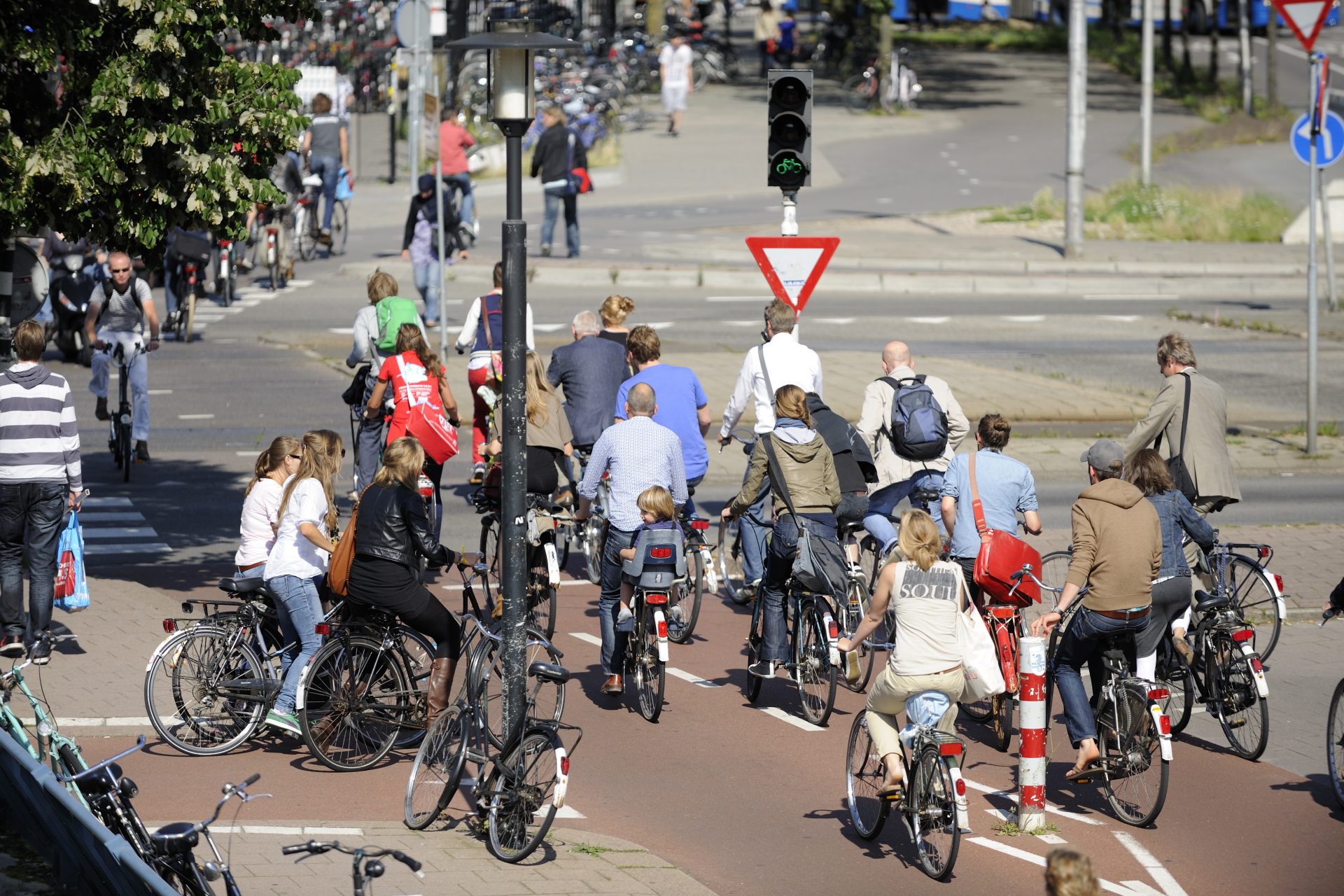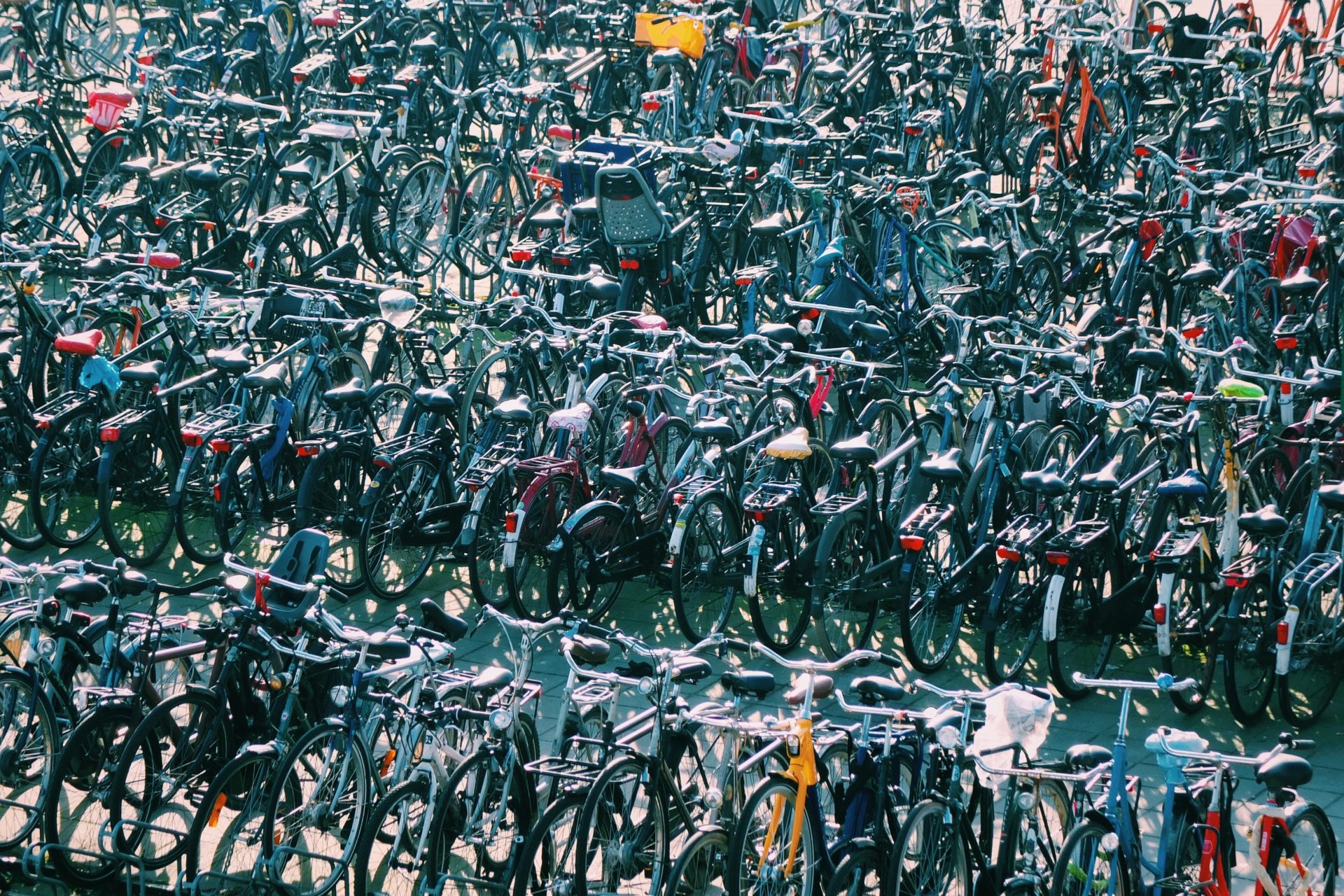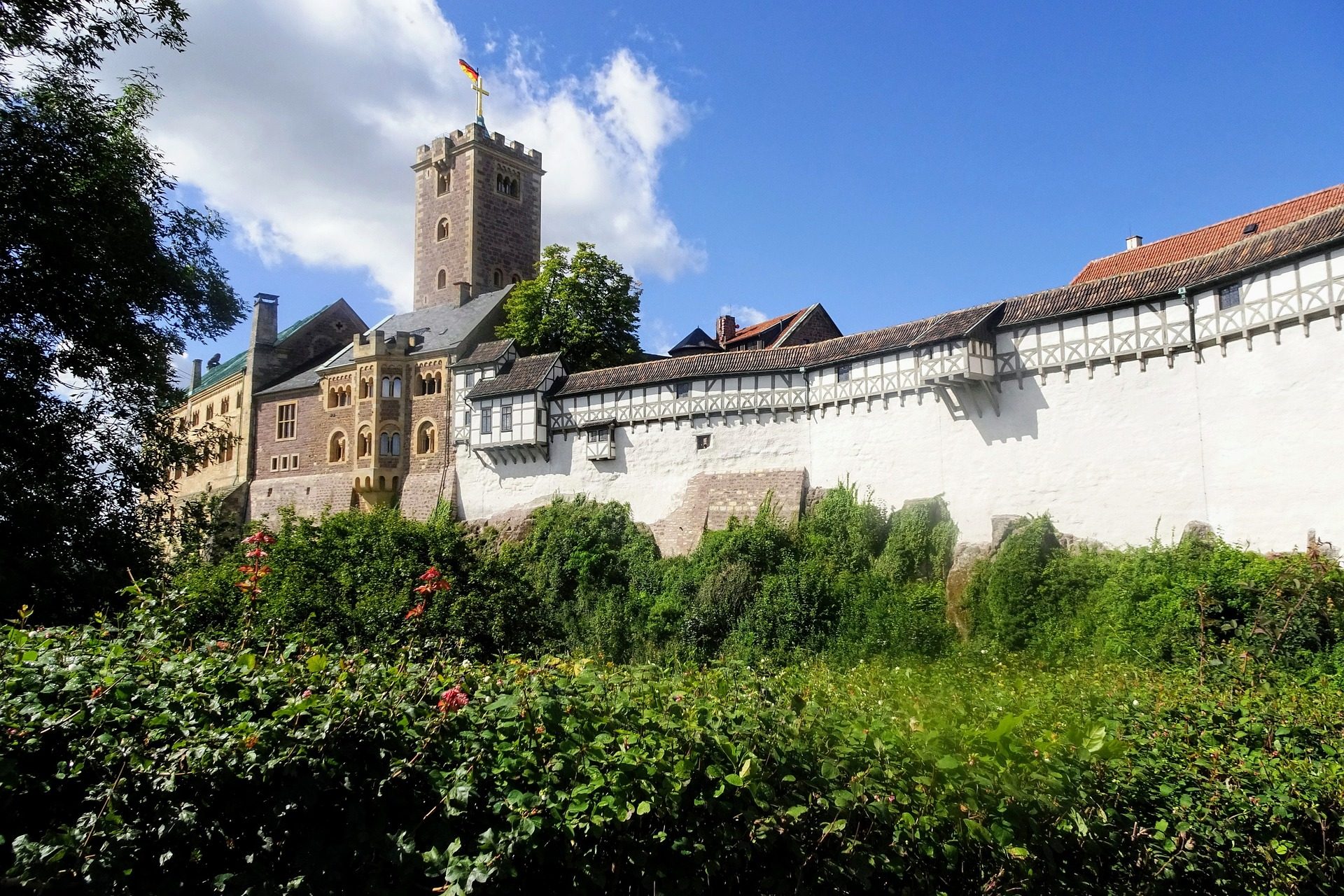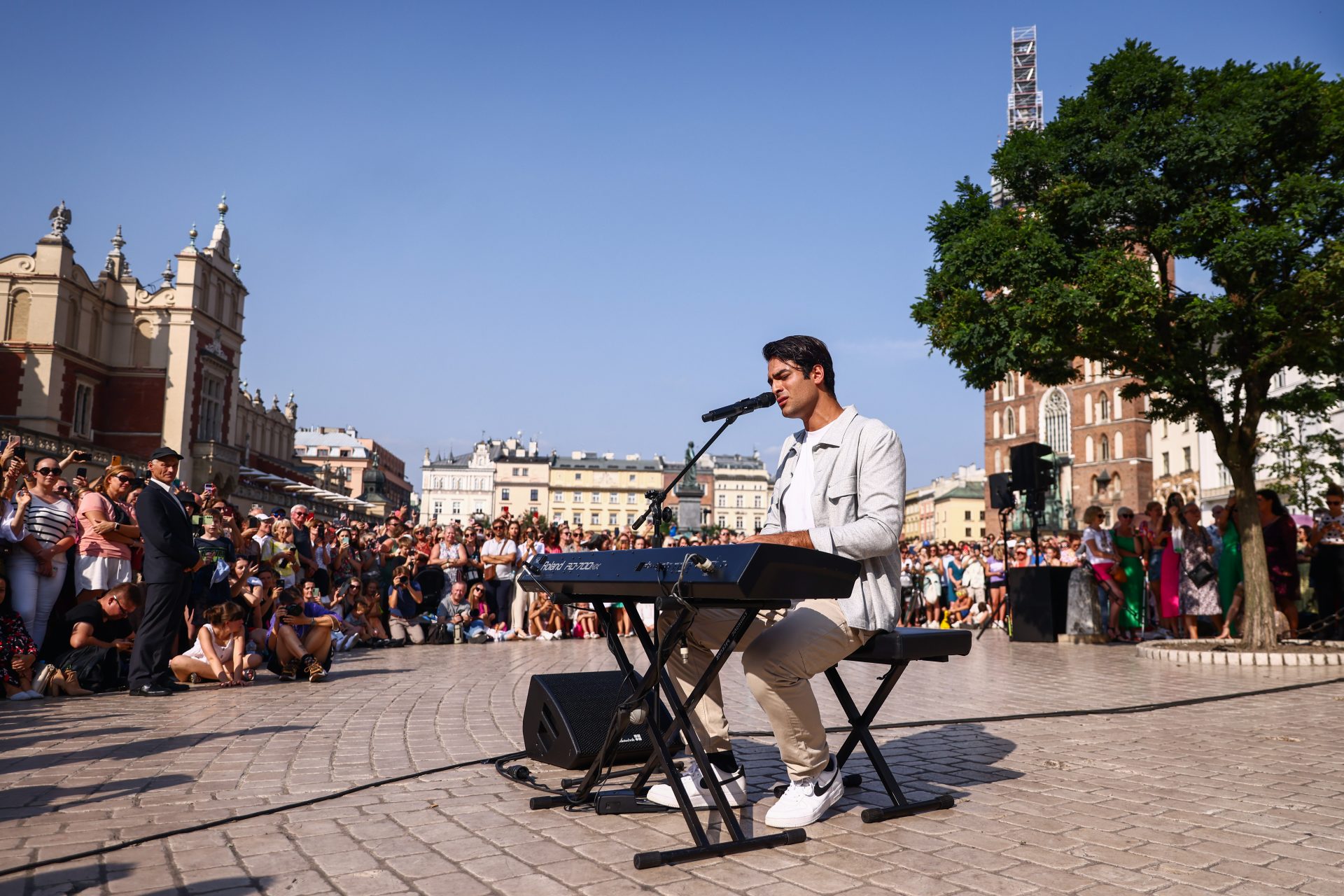In pictures: Why The Netherlands is a cycling paradise
The Netherlands is known worldwide as a true cycling paradise for all two-wheel enthusiasts. Cycling is deeply rooted in the small nation's culture.
Cycling is not just a means of transportation - in the Netherlands, it is a lifestyle. According to Statistics Netherlands, Dutch people cover an impressive distance of more than 15 billion kilometers (9.3 billion miles) by bicycle yearly. That amounts to more than 880 kilometers (547 miles) per person per year.
Photo: Fons Heijnsbroek / Unsplash
Teenagers aged 12 to 19 travel more than 2,000 kilometers (1,247 miles) on their bicycles every year. That is twice as much as adults!
Photo: Seth Doyle / Unsplash
The bicycle is often used for commuting. It is common to see young professionals commuting on their bicycles. In addition, according to the Dutch Statistics Bureau, many seniors also use their two-wheelers every day.
Photo: Yichuan Zhan / Unsplash
But why do Dutch people love cycling so much, and why does the Netherlands have such a strong affinity with cycling? It's not as ancient as you may think!
Gertjan Hulster is a sociologist and the maker of the documentary 'Why We Cycle'. He told the Dutch documentary channel NPO Kennis in an interview that the bicycle was slowly replaced by the car in the 1950s. This led to an increase in traffic accidents.
Photo: Mitchell Orr / Unsplash
In 1971, according to NPO Kennis, there were three thousand traffic deaths in the Netherlands. This number included 400 children.
Photo: Dave Kim / Unsplash
According to the sociologist, the transition to more bicycle use started when journalist Vic Langenhoff lost his child in a collision. He wrote the groundbreaking article 'Stop the Infanticide' in 1971. It sparked a movement among Dutch citizens.
Photo: AJ Colores / Unsplash
At the same time, according to sociologist Hulster, urban innovations were taking place. The government decided to offer more space to cyclists. This resulted in separate cycle paths with a smooth road surface.
Photo: Fons Heijnsbroek / Unsplash
Moreover, the 1973 oil crisis contributed to the shift towards less car use and more bicycle use.
Photo: Zbynek Burival / Unsplash
According to Hulster, cycling is not only a means of transport but also an essential part of the Dutch identity. It's a symbol of independence.
Photo: Denise Jans / Unsplash
During the Second World War, according to Hulster, the German occupier did not know what to do with the cycling Dutchman. The army would close the roads to cars, but the Dutch happily cycled on. The bicycle thus became the symbol of civil disobedience and an integral part of the Dutch resistance.
Photo: Persnickety Prints / Unsplash
But even today, there are many reasons why Dutch people cannot let go of their bicycles. According to data from the Cyclists' Union Route Planner, it appears that the Netherlands has almost 35,000 kilometers (22,000 miles) of cycle paths. This naturally makes traveling by bicycle very attractive.
Children in the Netherlands come into contact with bicycles from a young age. Some of them are carried along as babies in the trunk of a cargo bike. In Amsterdam's scenic canal cityscape, it is not uncommon to see mothers, fathers, or even grandparents cycling with two or three children on board.
Photo: Sven Brandsma / Unsplash
The Netherlands is known for its bicycle-friendly traffic rules. In fact, wearing a bicycle helmet is not mandatory. The well-thought-out cycling infrastructure minimizes the number of cycling accidents, even when there are many cyclists on the road, the Dutch Traffic Safety organization states.
Photo: Daria Nepriakhina / Unsplash
Since the Dutch do almost everything by bike, from commuting to work to even weddings, wearing a helmet is simply not practical.
Photo: Everton Villa / Unsplash
Unlike some countries where cyclists dress in tight spandex outfits, Dutch cyclists wear their normal clothing. It is more convenient because you don't have to change outfits from cycling to work clothes.
Photo: Serhat Beyazkaya / Unsplash
Dutch towns have a lot of space to park bicycles. Utrecht has the largest bicycle stowage in the world. It's located under the central station, so you can commute to the city and then go further by bike. About 40% of travelers do this, and the space can hold up to 12,500 bicycles, Dutch broadcaster NOS claims.
Photo: Stephanie Leblanc / Unsplash
Every year, the European Cyclists Federation ranks cycling safety in Europe. The Netherlands consistently ranks at the top. This impressive achievement is all the more remarkable because Dutch people rarely wear helmets.
Photo: Hendrik Kuterman / Unsplash
The Dutch Statistics Bureau points out that in cities like Utrecht, around 125,000 people cycle through the main streets every day. This may seem chaotic at first glance. But it's actually a beautifully choreographed spectacle where no cyclist touches another. You have to see it to believe it!
To once again prove that the Netherlands is a cycling country, you only have to think of the number of bikes it has. According to Dutch broadcaster NOS, there are more bicycles than people in The Netherlands; namely, 23 million bicycles compared to 17 million inhabitants.
Photo: Joao Marcelo / Unsplash
Follow Showbizz Daily to stay informed and enjoy more content!

